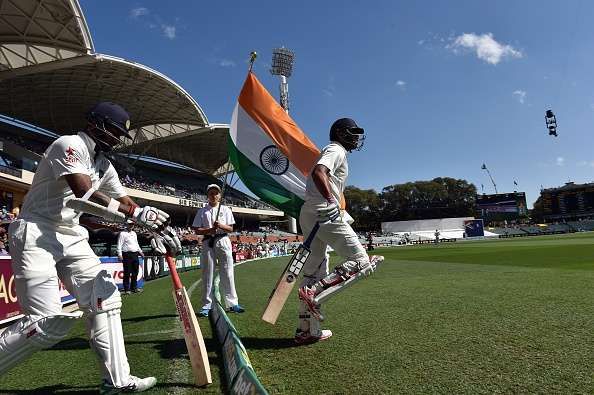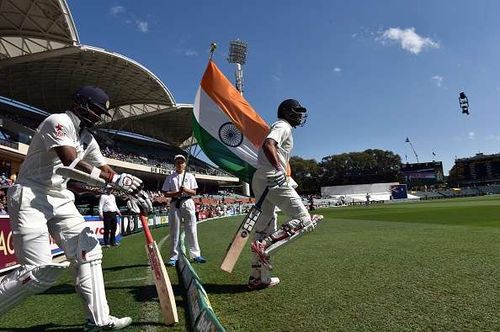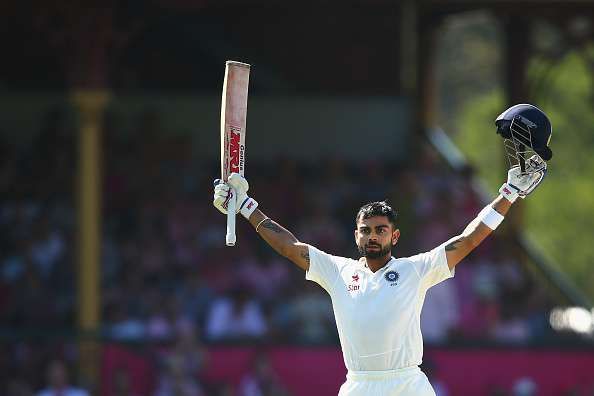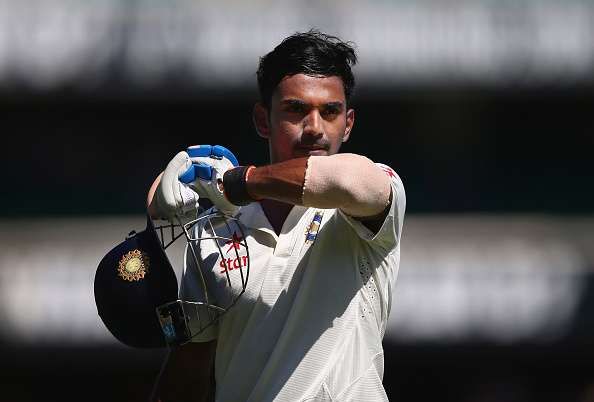
Why India will struggle to win overseas
India won the recent series against England in convincing fashion at home, dominating the visitors in all three formats. With captain Virat Kohli leading the way, no challenge was insurmountable for the middle order and they collectively hid the one great vulnerability in the Indian team: its openers.
On overseas pitches where pace bowlers have bite, that weakness will likely cost them many victories.
Numbers never lie
If you leave aside the outlier performance in the fifth match, the Indian openers put up a measly average of 25 for the first wicket in the Test series against England. They didn't cross a total of 16 in four out of seven innings. Compare that to the English openers who averaged 57.5 for their opening stand, even though they were on the losing side.
The continuous failure at the top left the batsmen in the middle order playing catch up in every match. They were good enough at home, but in alien conditions, the recovery wouldn’t be as easy. The contribution was immense for the third wicket with a mean score of 78.14 when Kohli fought back, usually after both the openers had returned to the pavilion, to restore parity.
The trend didn't change through the one-dayers either, where the Indians posted grand totals. But again, the runs were all conjured together after the curse of early wickets. Though the team total always passed 300 and even hit 350 twice, the first wicket fell at scores of 13, 14 and 13, respectively, in the three matches played. Not once was India 'without loss' past the fourth over.
One cannot consider this series to be just a blip as the graph has been stagnant for a while now. In 2016, India played bilateral series against West Indies and New Zealand before the English team landed on its shores. The opening stand only averaged 32.6 against the two teams in Tests and 28.4 in the fifty-over format. India never reached three figures in any of the matches before losing the first wicket. A score of 55 was crossed just once.
The importance of an opening partnership
The best teams in the world have solid openers, both capable of rising to the challenge on any given day. The openers see out the new ball, dishearten the opposition and ensure the rest of the players have a strong foundation to build their skyscrapers upon.
There is nothing more disappointing for the opposition than to go through the first session of a Test match without a wicket. A one-day score of 135/0 in 20 overs saps all the energy out of the fielders.
Think of the great teams of the past and their opening pairs. Haynes and Greenidge, Hayden and Gilchrist; without them, Richards or Ponting wouldn't have been as explosive. Kohli is arguably the best batsman in the sport today. Imagine how dangerous he would be if he wasn't shackled by the early departure of his teammates.
In fact, one has to look no further than the series against England itself to understand the importance of runs at the top. The Indian openers finally put up their solitary century stand of 2016 in the last Test. Their 152-run partnership propelled the team to a record score of 759/7, winning the match by an innings and 75 runs.
A perennial problem
The Indian team has been blessed in the recent past with great one-day openers. Tendulkar and Ganguly averaged 49.32 per wicket while Tendulkar and Sehwag laid down their mark at 42.13. All three were more than capable of winning a match on their own.
However, finding durable Test openers has been problematic. Even with Dravid, Tendulkar, Ganguly and Laxman in the line-up, the Indian team could hardly win a Test series abroad.
That formidable middle order was too often exposed in the first hour to the seaming ball in England or the bouncy pace of Australian pitches. They were usually rebuilding a shaky start instead of consolidating a brilliant beginning.
The current team management knows there is a problem and have tried four different openers in the last five Tests, in many possible permutations. Kohli promoted himself to the top of the batting order in the T20 matches, perhaps an indication of his thoughts. The initiative wasn't very successful but one has to wait to see where it leads.
The great Indian dream
It wouldn't be a complete surprise if Kohli tried opening the batting in other formats as well. Such is the self-confidence of the man that he believes he can do anything.
But a cricket team has eleven players and all of them must stand up and be counted. Both openers need to fire and even if Kohli can complete the tough transition into an opener, the rules don't allow him to bat at both ends.
There is little doubt that players like Shikhar Dhawan and Rohit Sharma have talent. So do Murali Vijay, KL Rahul and Ajinkya Rahane, but the team sorely needs consistency at the top. Talent can only go so far.
The designated openers must do whatever it takes to sort out their deficiencies. Any probing outside the off stump is banned and that gap between bat and pad needs to be mended. If they play enough balls, the runs will come but they have to aim to fire together, not individually.
The team needs a partnership at the top and on that balance lies its fate overseas. Indian fans want their heroes to conquer foreign shores. When they switch on the television having missed the start, they want to see both the openers still on the pitch. It's a dream that has tormented them through the ages. Without a stellar opening pair, that frustration will never ease.


